Local Youth Group in Tana River County turns Bones and Horns into Valuable Handicrafts
KLMC as a marketing organization has partnered with CNFA and AGMARK under the USAID funded programme. Among the achievements is promotion of youth/ women groups by training and coaching them on the need to add value or use any unused livestock parts i.e bones and horns.
Value-added describes what happens when you take a basic product and increase the value of that product and usually the price by adding extras in the manufacturing process, or by tacking on extra products and/or services.
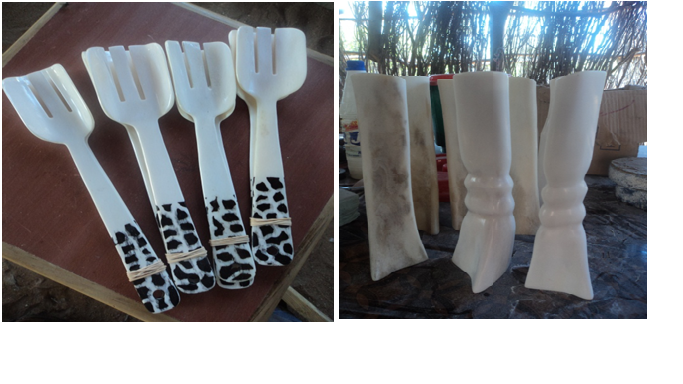
WATTA OMARA YOUTH GROUP
Hola, a small town located in Tana River County, is home to the Watta Omara Youth Group. The group was formed in 2006 to buy, sell and distribute water to households in the area.
The Wata Omara applied for a Matching Investment Grant through USAID’s Kenya Drylands Livestock Development Program (KDLDP) with hopes that additional funds could expand their business into the art of making jewelry and other crafts from bones and horns.
After seeking out KDLDP’s assistance, the program’s technical expertise elevated the Wata Omara’s merchandise in order to ensure high quality and its ability to compete in the jewelry market. In addition, the group toured various markets to see what was in demand, as well as to expand their creativity.
After two months partaking in successful trainings, the Watta Omara Youth Group began selling their new crafts in various marketplaces. In early 2012, the group participated in the Isiolo Pastoralist Week, where they showcased their crafts and shared ideas with participants from other communities. Later that year, the group took their crafts to the launch of the Community Owned Finance Institution (COFI) where the group, collectively, earned more than $360.
Abdullahi Barisa, a father of four and member of the Watta Omara Youth Group, thanked the Program and explained how the trainings significantly increased his household income. “I never thought that I would be able to make a profit from cow horns and bones. We have always thrown these things away. Before I was trained on the development of these handicrafts, I used to work as a blacksmith. It was difficult to attract customers and I barely made an income,” Barisa expressed. Smelting metal to make bangles takes a significant amount of time and only sells for less than $1 per item. “I was earning less than $1 a day,” Barisa remarked. “Now, we produce six pieces a day, which enables me to bring home $20 a day. I shall pass this skill on to my children so that they may also make a better living like me.”
Currently, Wata Omara Youth Group has standing orders to produce various crafts for large tourist hotels in Mombasa, Kenya’s renowned tourist coastal town.
These groups have produced necklaces, flower vases, key holders, candle holders, earrings.
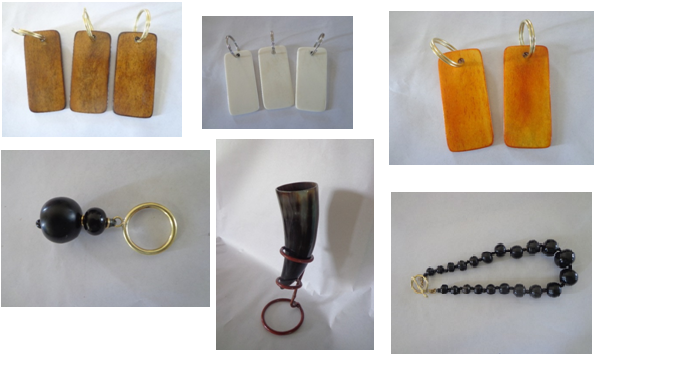
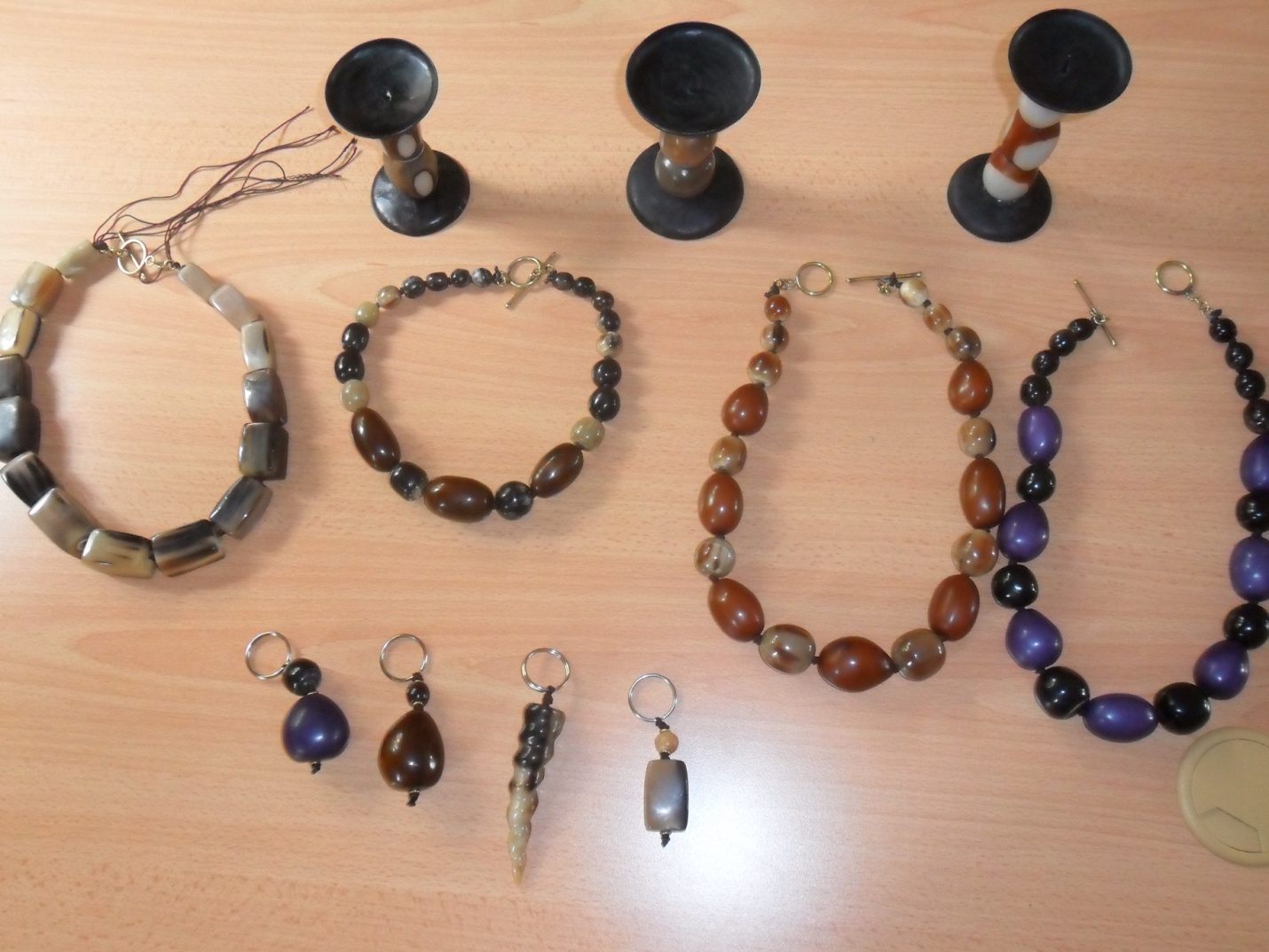
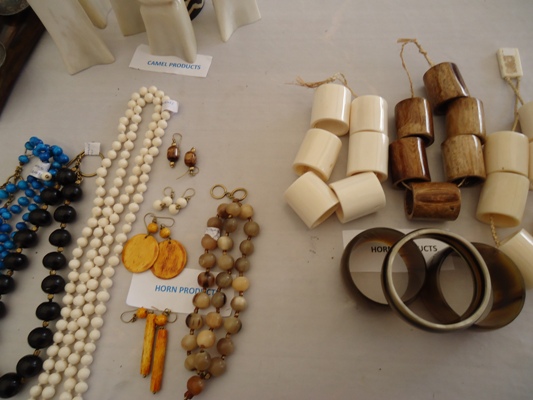
Other products are milk processing resulting to yoghurt and other valuable milk products.
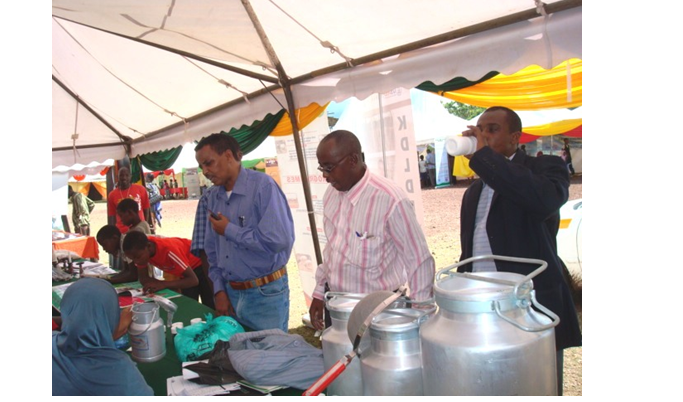
YOGHOURT MADE FROM CAMEL MILK

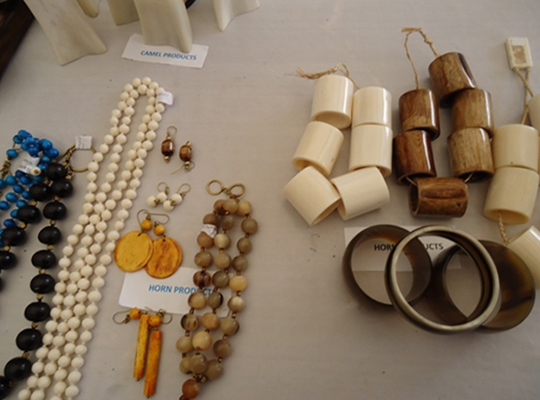
Leave a Reply